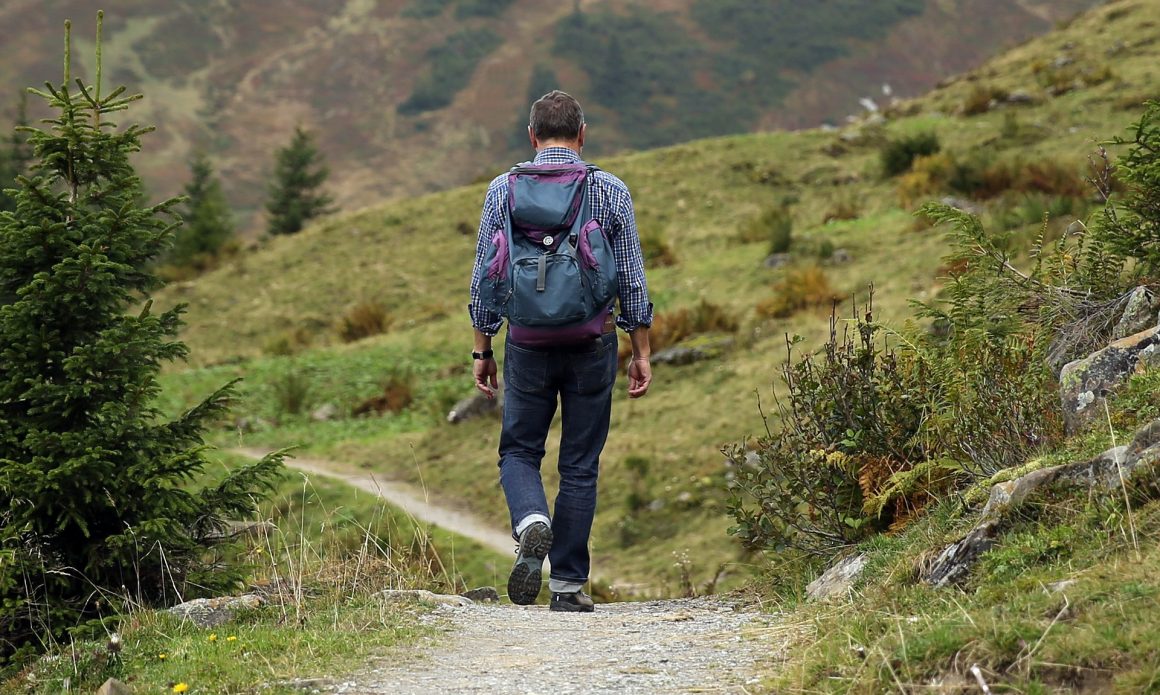
Alberta Parks finalizes management plan for Castle Parks
By Matty Hume, June 28 2018 —
The Alberta government has released a final management plan for Castle Provincial Park and Castle Wildlands Provincial Park. The parks span approximately 80,000 hectares in Southern Alberta along the British Columbia border. According to senior parks planner Brad Tucker, the management plan outlines both the use and protection of the area.
“They’re slightly different designations, the two parks, but they both will protect the watershed, wildlife habitats and wildlife corridors,” Tucker said. “It’s basically a set of objectives and strategies that the land managers who work for Alberta Parks can look at and say, ‘Okay, have we been doing this? Have we worked towards having this as a recreational activity or as a type of habitat that gets extra protection?’ ”
What makes the Castle Parks management plan unique is the level of consultation with Albertans and local stakeholders by Alberta Parks.
“The process was the largest public consultation that Alberta Parks has ever done,” Tucker said. “There was so much interest — there were so many existing users that were hoping to protect their recreational activities. There were so many people that were interested in seeing that increased protection, so it was one of the hotter issues in Southern Alberta.”
Tucker said that Alberta Parks received at least 15,000 pieces of correspondence from at least 10,000 different Albertans.
In addition to being the largest public consultation for Alberta Parks to date, The Castle Parks management plan also includes a co-management advisory board with the Piikáni Blackfoot Nation.
“We consulted with all 13 First Nations that are found within the South Saskatchewan regional area,” Tucker said. “It includes Stoney and Tsuu T’ina near Calgary as well as the Cree nations over in Maskwacîs Cree and then the Blackfoot. So we consulted with all of them and got their input, but the co-management piece is specifically with the Piikáni.”
At press time, the Piikáni Blackfoot Nation could not be reached for additional comment.
Tucker also highlighted the many recreational activities outlined in the management plan, including ice climbing, cross-country skiing, fat-biking, hiking and camping.
“There’s no admission fee to enter any of our parks,” Tucker said. “That is different from a national park and that there are provincial parks within 100 kilometres of every major centre in Alberta. They’re there and you can access them with very minimal money required.”
For more information on the Castle Provincial Park and Castle Wildlands Provincial Park, visit the Alberta government’s website here.
